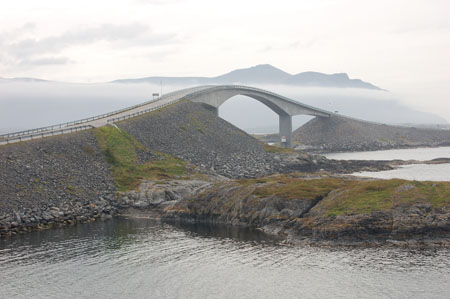
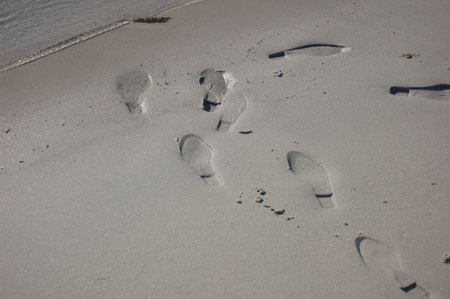
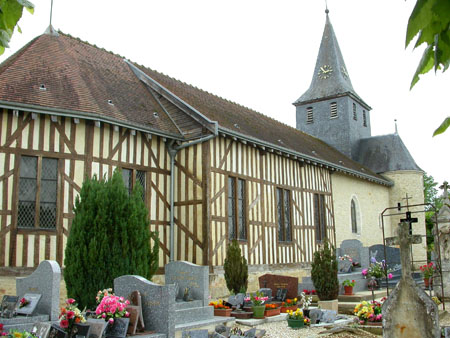
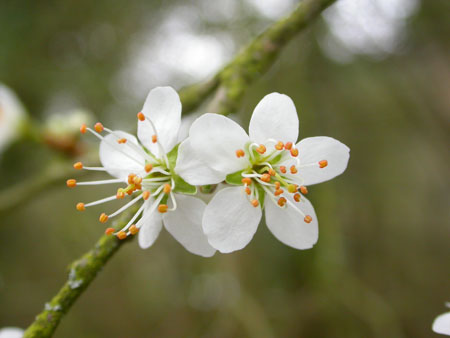
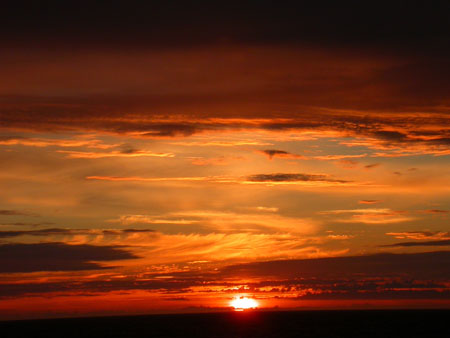
Photography
In 1970, the Hampshire County Museum Service owned a twin-lens Rolleiflex camera; a fine camera but perhaps not ideal for taking close-up photographs of plants and insects. Simon Davey even took it up Ben Lawers, a high mountain in Scotland….it was weighty!! His first attempt at natural history photography occurred on the beach at Lepe on the shores of the Solent in south Hampshire. He had been told that it was a site for the rare Early Spider Orchid, Ophrys sphegodes. It took him ages to find it, especially as there was only one clump. However, when he did locate it, it turned out to be a fine group of three or four spikes each supporting up to three flowers. He obeyed the instructions he had received as best he could, and put the close up lenses onto the two lenses at the front of the camera body. Unfortunately, heI got the lenses the wrong way round. There is a viewing lens which is a prism allowing the photographer to view the object and a taking lens. He photographed the plant through the viewing lens! The results were awful. In fact, the orchid was so insulted by these efforts that the clump, which was the only one Hampshire, failed to appear the next year, and for ever after. His insult to it seems to have caused the plant to become extinct in the County!
During that first year, he mastered the lenses, and managed to take a few reasonable photographs of plants. It was during the next season that he was allowed the use of a Pentax Spotmatic, and had his first experiences of a small and compact, single lens reflex. It was a delight after the clunky weight of the Rolleiflex. Initially, the aim was to record wildlife, and especially plants and insects. He wanted to include in the photograph as many diagnostic features as was possible, and gave little regard to the aesthetic quality of the picture. Over the years, he went through a number of single lens reflex cameras, and the last before the digital age crept up on him was a Minolta.
The discovery of the versatility of digital cameras was overwhelming. Now he could see his photographic images instantly. Once sufficicient cards have been paid for, the cost of digital photography is negligible. Gone is that frightful wait while the film goes off to be processed, and the inevitable kicking of oneself that occurs when the photographs taken, in some far flung area of the world, hideously expensive to visit, are inadequate. The only problem, and it is time consuming, is the necessary cataloguing, Without a catalogue, the whereabouts of a digital image remains a total mystery. With an efficient catalogue system, it is possible to locate an image on a hard disc in seconds. Simon Davey currently has something like 75,000 images on a total of 210 CDs and DVDs. Cataloguing is a time consuming, but essential chore.
His first digital camera was (and he still has one, though it is his third), was a Nikon Coolpix 4500. What a wonderful camera it is. It is one of the greatest travesties of the photographic world that it is no longer made by Nikon. Subsequent models in the Coolpix range are totally inadequate for natural history photography, and no competitor has come up with an alternative. The swivelling body and the camera’s ability to take a 'cool light' to supply illumination even at night are features which new models of Coolpix no longer have. The Cool Light that Nikon offered will rest very well on top of a roll of cellotape or masking tape. This allows a rigid surface onto which the camera will rest while the object to be photographed is separated from the camera by just the right amount; if one studies lower plants, or small insects, that is. The Coolpix also can be fitted with an attachment that allows for the copying of slides rapidly and efficiently. In this way, a large proportion of his old fashioned photographs that languish in a cabinet and have been attacked by the most pernicious mold, are turned into digital images. The wonders of Photoshop, allied with large quantities of time, allow dirty and damaged slide photographs to be altered and rendered serviceable.
His Nikon Coolpix allowed him to photograph with no brakes brought on by the expense of film. With the loss of the need to be careful about film, he was able to develop his fascination with ecclesiastical architecture and photographed cathedrals and churches in many parts of the world. His wife is also a very keen, and accomplished photographer with a natural ability to take photographs that are aesthetically pleasing. He is learning from her, and the digital age is slowly converting him from being a recorder of nature to a photographer with a keen aesthetic eye.
As well as the Nikon Coolpix, he now own a Nikon D200. What a fantastic piece of equipment! With a 500mm telephoto lens as well as a macro lens he is now equipped to record, hopefully aesthetically, the plant and animal life of the world, as well as habitats and other pleasing subjects such as cathedrals – and even sunsets!!! Photographs have been taken for The Lichens of Jersey and feature throughout the book.
Photographs taken by Simon Davey fall into several categories, but he specialises in photographs of: